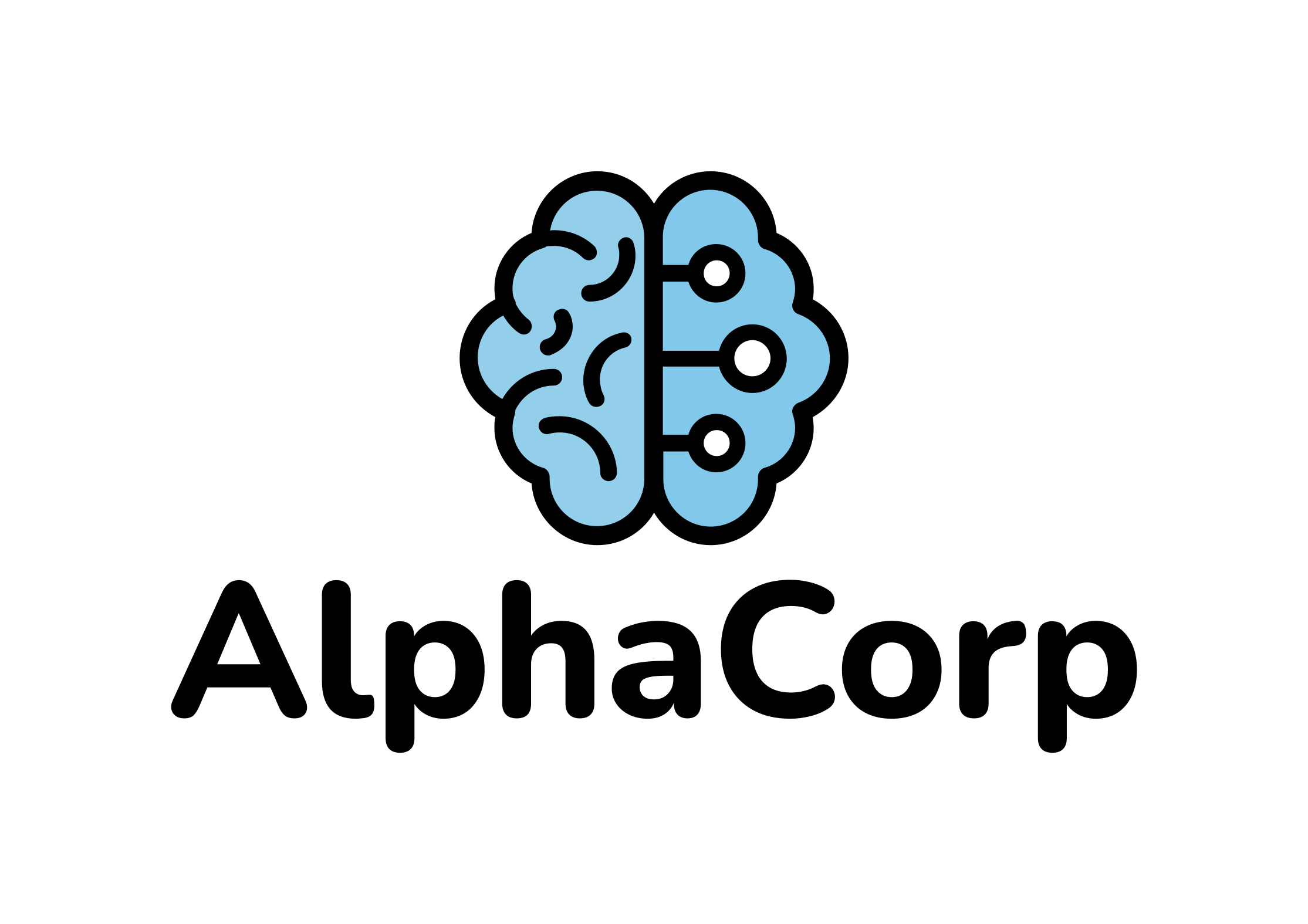With hundreds of new AI trading platforms, backtesting engines, and agentic frameworks launching every quarter, choosing the right one for your quant research stack can feel impossible. Whether you’re building ML-driven alpha models, designing liquidity strategies, or validating predictive algorithms under regulatory constraints, the right AI tool can save months of trial and error.
This guide distills months of research into the Top 5 AI Tools for Algorithmic & Quant Research (November 2025)—ranked by real performance, documentation quality, workflow integration, and compliance readiness. Each tool was tested or documented in detail across model optimization, backtesting fidelity, and AI integration depth.
Quick Answer (TL;DR):
- 🥇 Freqtrade + FreqAI + Hyperopt (Optuna) – Best overall AI-driven quant framework
- 🥈 Jesse – Best for correctness-focused research and AI-assisted coding
- 🥉 Hummingbot – Best for AI-controlled market making and microstructure research
Other essential components: Walk-Forward Optimization (WFO) for validation and premium normalized data (e.g., CoinAPI) for clean model inputs.
How We Selected These Tools
Our selection is grounded exclusively in the November 2025 research report analyzing AI-integrated quant frameworks. Tools were chosen based on five pillars:
- Native AI capabilities – ML modules, LLM-assisted automation, or AI orchestration (e.g., FreqAI, Jesse AI Assistant, Hummingbot MCP).
- Research fidelity – Backtesting accuracy, multi-timeframe integrity, and reproducibility.
- Execution readiness – Live trading integration and realistic latency.
- Community traction and documentation – Transparent maintenance, open-source vitality, and developer support.
- Regulatory operability – Compatibility with FINRA Rule 3110 (supervision), Rule 2210 (communications), and SEC Rule 17a-4 (recordkeeping).
Unlike generic “AI trading bot” lists, this one emphasizes evidence-based quant tools that combine machine learning, responsible governance, and open documentation. Every recommendation is backed by official project sources, FINRA guidance, or recognized institutional research—no vendor hype.
Comparison Table: Top 5 AI Tools for Algorithmic & Quant Research (2025)
| Tool | Key Feature | Price / License | Best For |
|---|---|---|---|
| Freqtrade + FreqAI + Hyperopt (Optuna) | ML pipelines + automated hyperparameter tuning | Open-source (MIT) | End-to-end AI quant research |
| Jesse | AI-assisted strategy coding & high-integrity backtesting | Open-source (self-hosted) | Researchers prioritizing correctness |
| Hummingbot | AI-controllable via MCP & Quants Lab suite | Open-source (Apache 2.0) | Market makers and liquidity strategies |
| Walk-Forward Optimization (WFO) | Rolling retrain/validate methodology | Framework-agnostic | Robust model validation |
| Premium Normalized Data (e.g., CoinAPI) | Tick-level, L2/L3 normalized feeds | Commercial (API-based) | Clean AI model inputs |
1. Freqtrade + FreqAI + Hyperopt (Optuna) – Best Overall AI Framework for Quant Research
Freqtrade is a mature open-source Python framework offering unified research, optimization, and live trading. Its FreqAI module integrates machine learning models like LightGBM and XGBoost, while Hyperopt (powered by Optuna) automates hyperparameter tuning.
Key Features
- FreqAI ML Pipelines: Train supervised models for predictive signals directly inside strategy logic using FreqAI’s documentation.
- Optuna-based Hyperopt: Run large-scale parameter searches using robust samplers (e.g., NSGA-III) and Sharpe-ratio loss functions.
- Integrated Backtesting Engine: Hyperopt reuses the same backtesting module, ensuring consistent results.
- End-to-End Workflow: From data acquisition to live execution through unified configuration.
Pros
- Fully integrated ML and optimization stack.
- Massive open-source community (~44k GitHub stars).
- Transparent documentation and frequent updates.
Cons
- FreqAI remains experimental, requiring careful validation to avoid overfitting.
- Python framework unsuitable for sub-second HFT.
- High computational load during large Hyperopt runs.
Best For: Quant teams seeking a full AI research-to-live pipeline with machine learning, optimization, and reproducible backtesting.
Verdict: The most versatile and community-tested AI trading framework of 2025.
2. Jesse – Best for Correctness and AI-Assisted Strategy Development
Jesse is an open-source Python framework designed for accuracy and simplicity. It features multi-timeframe backtesting with zero look-ahead bias and an integrated AI assistant that helps write, debug, and optimize trading strategies.
Key Features
- AI Assistant: Generates, reviews, and improves strategy code—your “personal quant copilot.” (Jesse official site)
- Optuna Optimization: Built-in parameter tuning with cross-validation.
- Multi-Timeframe Integrity: Prevents look-ahead bias and ensures realistic simulations.
- Self-Hosted Privacy: Run locally to protect IP and research data.
Pros
- Exceptional backtest correctness and unified codebase.
- AI assistant accelerates strategy design and learning.
- Privacy-focused, self-hosted architecture.
Cons
- Smaller community compared to Freqtrade.
- No sub-second execution (not built for HFT).
- Limited out-of-the-box graphical tools.
Best For: Researchers and developers who prioritize accurate backtests, clean architecture, and local AI-assisted coding.
Verdict: Ideal for academic-grade experiments and correctness-first quant workflows.
3. Hummingbot – Best for AI-Controlled Market Making & Microstructure Strategies
Hummingbot is the open-source standard for crypto market making with connectors to major CEXs and DEXs. Its unique Model Context Protocol (MCP) enables direct AI control by assistants like Claude or GPT, making it the first AI-operable trading substrate.
Key Features
- MCP Integration: Allows AI agents to modify parameters or execute strategies through secure API calls. (Hummingbot MCP docs)
- Quants Lab Suite: For data collection, backtesting, and scheduling.
- Dashboard & API Control: Manage multiple bots and strategies programmatically.
- DEX/CEX Connectors: Broad exchange coverage for liquidity strategies.
Pros
- Purpose-built for market making and arbitrage.
- AI orchestration via MCP is a significant 2025 innovation.
- Scales across many bot instances for institutional research.
Cons
- Not designed for millisecond HFT.
- ML modeling must be externally integrated.
- Requires strong operational governance for AI agent control.
Best For: Market makers and research teams exploring AI-in-the-loop liquidity provision and arbitrage strategies.
Verdict: The definitive open-source platform for AI-driven market microstructure research.
4. Walk-Forward Optimization (WFO) Toolchain – Best for Robust Model Validation
Walk-Forward Optimization (WFO) is not a single product but a critical methodology. It retrains and validates models on rolling time windows to prevent overfitting and improve regime robustness—essential for any ML-based quant strategy.
Key Features
- Rolling Retrain/Validate: Move through time windows (e.g., 4 years train, 1 year test). (QuantInsti guide)
- Out-of-Sample Proofing: Ensures strategies perform across multiple unseen windows.
- Framework Integration: Implementable in Freqtrade or Jesse via batch scripting.
- Portfolio Extension: Works for multi-asset ML portfolio models.
Pros
- Gold standard for ML validation in 2025.
- Forces genuine out-of-sample testing.
- Reduces regime overfitting risk.
Cons
- Computationally heavy; requires automation.
- Sensitive to window selection choices.
Best For: Quant researchers building ML models needing trustworthy out-of-sample performance.
Verdict: The essential “AI-adjacent” validation tool that every serious quant team must operationalize.
5. Premium Normalized Data Stack (e.g., CoinAPI) – Best for Reliable AI Model Inputs
Even the best AI model fails without clean data. Premium normalized data pipelines—like CoinAPI—provide tick-level, low-latency feeds with consistent schemas across exchanges, feeding your models reliable market structure data.
Key Features
- Tick-Level & L2/L3 Order Books: Deep market snapshots with consistent timestamps.
- Cross-Exchange Normalization: Aligns schemas and timezones to reduce label noise.
- Low-Latency Streaming APIs: Essential for execution modeling and slippage simulation.
- Historical Data Archives: Enables reproducible research and backtesting.
Pros
- Directly improves model accuracy and execution realism.
- Reduces false signals and PnL attribution errors.
- Supports microstructure-aware ML research.
Cons
- Premium feeds can be costly.
- Requires ETL pipelines for DEX/off-chain data.
Best For: Any quant or AI researcher serious about reliable model inputs and backtest integrity.
Verdict: The foundation of every credible AI quant workflow—data quality is the real edge.
How to Choose the Right AI Tool for Your Quant Workflow
Before selecting, consider the following factors:
- Strategy Type:
- Use Freqtrade for ML-based directional strategies.
- Use Hummingbot for market making and liquidity provision.
- Use Jesse for correctness and backtest precision.
- Validation Needs:
- Always combine your primary framework with Walk-Forward Optimization to reduce overfitting.
- Data Quality:
- Start with normalized, tick-level data—without it, model performance will degrade.
- Regulatory Context:
- Under U.S. broker-dealer rules, AI-assisted workflows must comply with FINRA Rule 3110 (supervision) and SEC Rule 17a-4 (recordkeeping).
- Latency Requirements:
- Python frameworks (Freqtrade, Jesse) suit minute-scale trading.
- For sub-millisecond HFT, use specialized C++ systems (e.g., K) outside this list.
Pro Tip: Combine Freqtrade + WFO + CoinAPI for a full research stack that balances AI capability, robustness, and regulatory operability.
Frequently Asked Questions
What is the best AI tool for general-purpose quant research?
Freqtrade + FreqAI + Hyperopt is the best all-around choice in 2025. It integrates ML, optimization, and live trading with an active open-source community and strong documentation.
Which tool offers the most accurate backtesting?
Jesse delivers the highest backtest integrity due to its multi-timeframe design and strict prevention of look-ahead bias.
What’s the best framework for AI-controlled market making?
Hummingbot, with its Model Context Protocol (MCP), allows AI agents to safely control trading parameters and execute liquidity strategies.
How does Walk-Forward Optimization improve AI reliability?
WFO retrains and tests models across rolling time windows, ensuring that strategies perform consistently out of sample rather than overfitting past data.
Why is data quality considered an “AI tool”?
Because AI models are only as good as their inputs. Normalized, low-latency data (like that from CoinAPI) reduces noise, improves prediction accuracy, and aligns backtests with live execution conditions.
Conclusion
For November 2025, the Top 5 AI Tools for Algorithmic & Quant Research form a complementary, modular stack:
- Freqtrade + FreqAI + Hyperopt → Best overall for ML-driven quant research
- Jesse → Best for correctness and AI-assisted development
- Hummingbot → Best for market microstructure and AI-driven control
- WFO Toolchain → Best for validation and model robustness
- Premium Normalized Data → Essential foundation for all AI workflows
If you’re starting today, pair Freqtrade + FreqAI with WFO and a premium data source. Then, expand into Hummingbot for AI-driven execution experiments.
Your next edge won’t come from a single model—it’ll come from a responsible, AI-integrated research stack built on data integrity, validation discipline, and compliance readiness.

